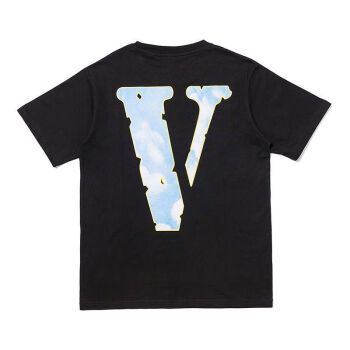In the clothing production process, the five commonly used sewing techniques include straight seams, needle and thread butt joints, lap seams, balanced seams and decorative seams. The following is an analysis of these five sewing techniques, including their characteristics and applicable scenarios:
1. Straight-line sewing: Straight-line sewing is the most basic sewing technique. Suitable for most clothing production, such as pants, dresses, shirts, etc. It is simple and fast, and can sew two pieces of fabric together through straight stitches.
2. Needle and thread docking: Needle and thread docking is a process of directly joining the edges of two pieces of fabric and sewing them. It can be used on heavy or stretchy fabrics such as denim, leather, etc. This process makes the garment stronger and less susceptible to damage from tension.
3. Lap seam: Lap seam is a process of overlapping the edges of two pieces of fabric and then sewing them. It is suitable for light and thin fabrics, such as tulle, Thin cotton cloth, etc. Overlapping seams can reduce the feeling of heaviness and make the seams more concealed, improving the aesthetics.
4. Balanced seam: Balanced seam is a process in which the edges of two pieces of fabric are crossed and joined in the middle and sewn together. It is suitable for parts with soft texture and large elasticity of clothing, such as waist, bust, etc. Balanced seams allow clothing to better fit the curves of the body, improving comfort and flexibility.
5. Decorative sewing: Decorative sewing is a sewing process that takes into account the aesthetic effect in clothing production. It can be used on clothing edges, pockets, collars, etc., to add personality and characteristics to clothing by choosing different stitches and embroidery methods.
Each sewing process has its unique characteristics and applicable scenarios. Understanding these processes can help designers and garment craftsmen choose the appropriate process to meet the needs of garments. production needs and ensure the quality and appearance of the garments. At the same time, depending on the type of fabric, the functional requirements of the garment, and personal preferences, these sewing techniques can be flexibly used to create more creative and fashionable garments.








